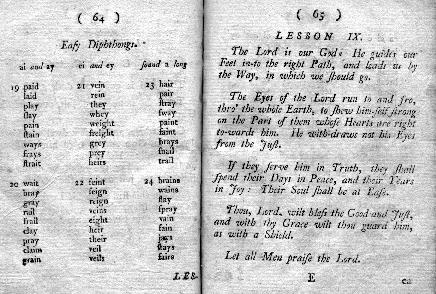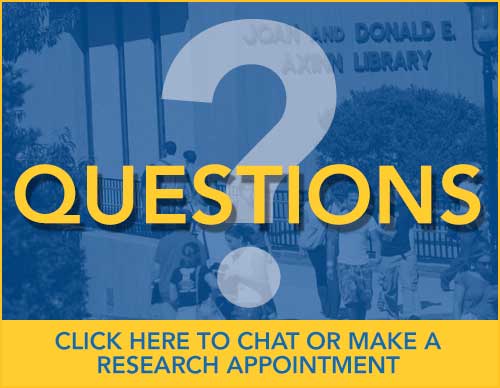The Child's First Book

J. F. Schoolmaster. The Child’s First Book, or an Easy and Rational Method of Making Children Acquainted with the Names and Powers of Letters and Syllables Drawn up for the Use of Sunday Schools. 4th Edition. Newcastle, Eng. Printed by Hall & Elliot, 1794 . pp. 64-65.
The Syllabarium, a compendium of the most frequently used syllables, was an important part of the hornbook and the battledore, where, along with the alphabet, the benediction, and the Lord’s Prayer, it constituted the essence of reading instruction in the colonial period. The syllabarium was based on the assumption that the basic element in reading was the same as the basic element in writing -- the letter. This led naturally to a step by step method -- learning the alphabet, then combining letters into syllables, and finally combining syllables into words. It was not until much later in the nineteenth century that words -- an aural means of communicating -- were understood to be the primary unit of language.
A number of readers published in the early part of the 19th century used the Alphabet or Spelling Method. Among them was Schoolmaster’s reader which made extensive use of the promiscuous alphabet [i.e. the presentation of letters in random order] to make sure that the child learned his letters regardless of order. The first twenty-five pages of Schoolmasters’ First book... present lessons on the alphabet and their sounds.


